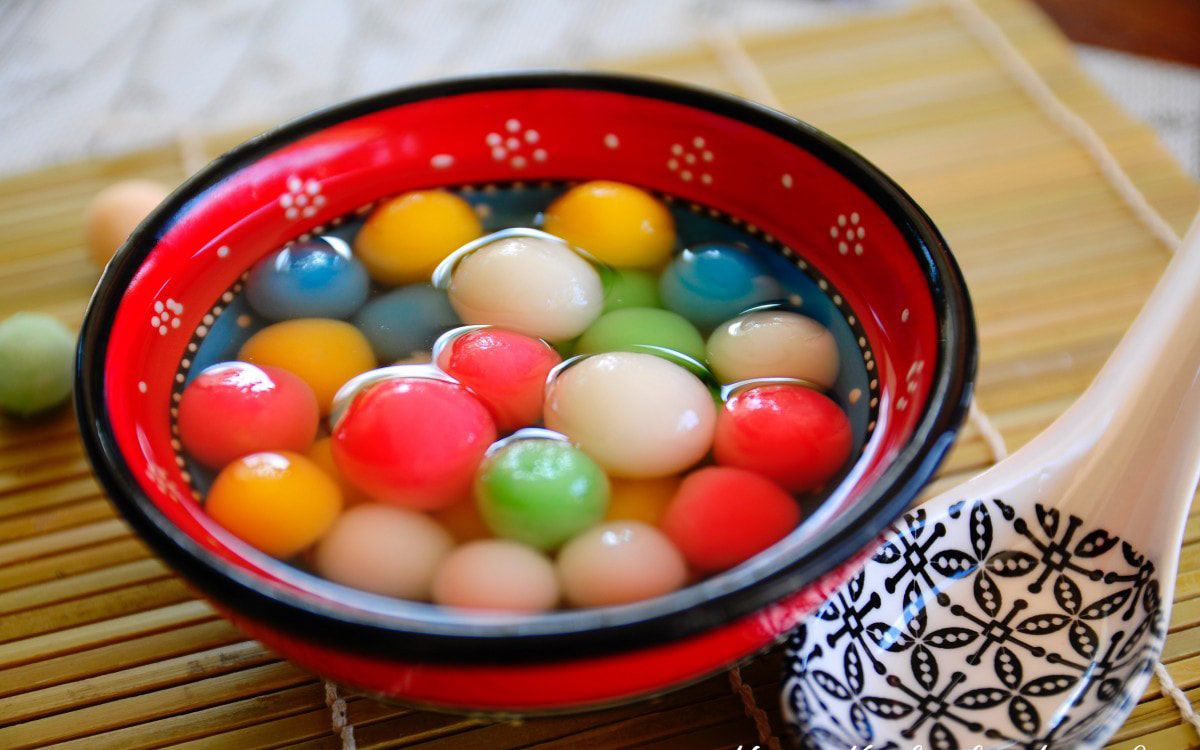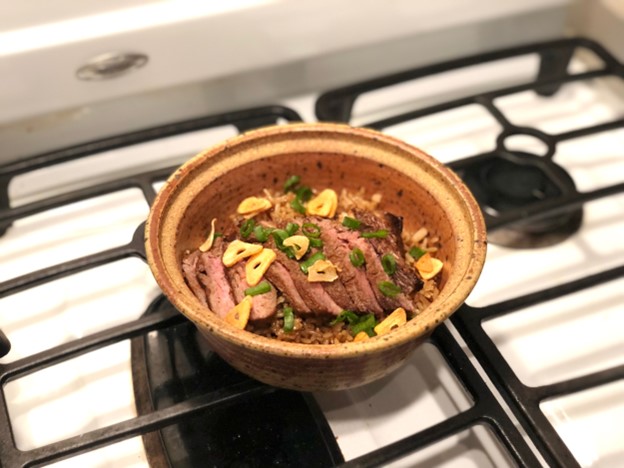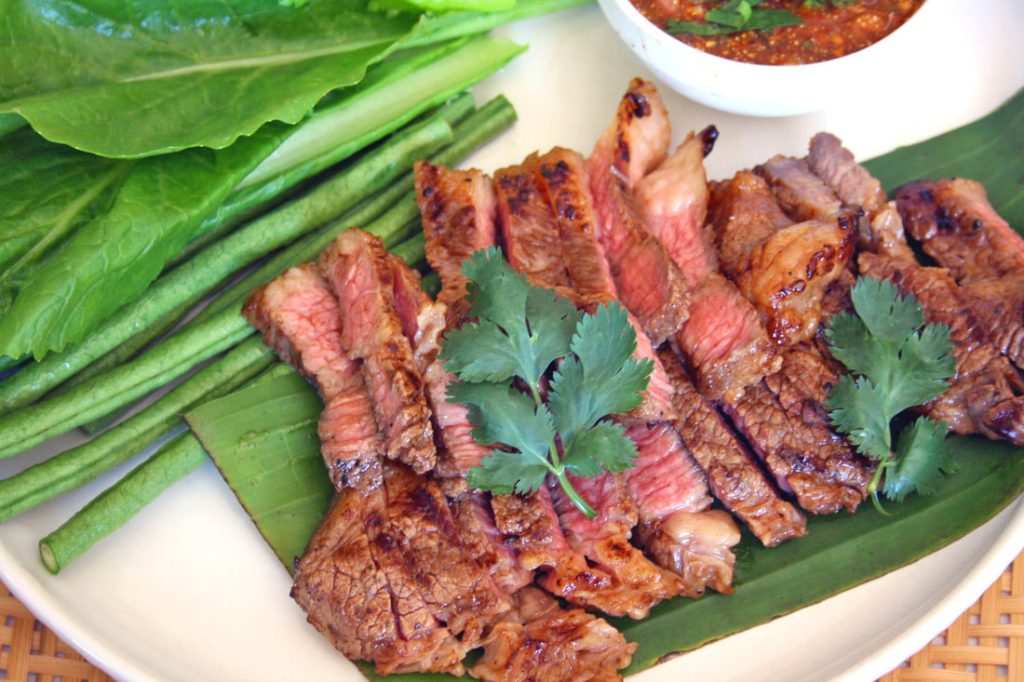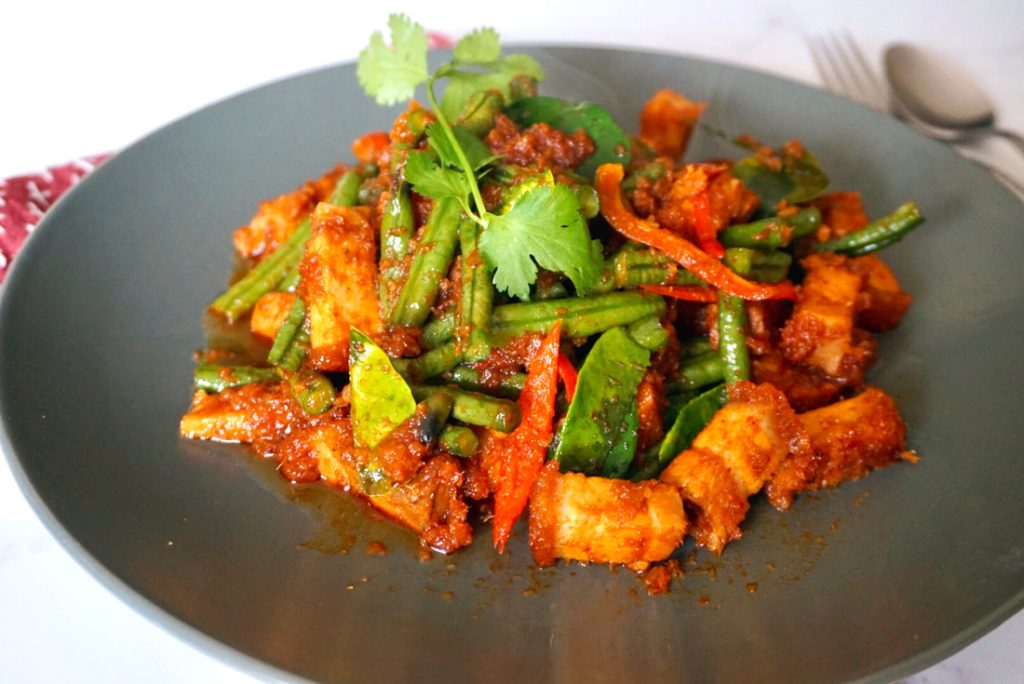Although there are a multitude of traditions that are part of Chinese New Year, enjoying a special meal with the family is the most important element of all. Particular significance is placed on the New Year’s Eve dinner (年夜饭- Nián yèfàn) or Reunion dinner (团年饭 – tuán niánfàn) where all family members must return home. It can be seen that food is the cornerstone of these celebrations.
Chinese New Year is a festival that celebrates the beginning of a new year on the traditional Chinese calendar. It traditionally takes place from the evening preceding the first day of the year to the Lantern Festival, held on the 15th day of the year. The first day of Chinese New Year begins on the new moon that appears between 21 January and 20 February. In 2019, the first day of the Lunar New Year will be on Tuesday, 5 February, initiating the Year of the Pig.
Although there are a multitude of traditions that are part of Chinese New Year, enjoying a special meal with the family is the most important element of all. Particular significance is placed on the New Year’s Eve dinner (年夜饭- Nián yèfàn) or Reunion dinner (团年饭 – tuán niánfàn) where all family members must return home. It can be seen that food is the cornerstone of these celebrations.
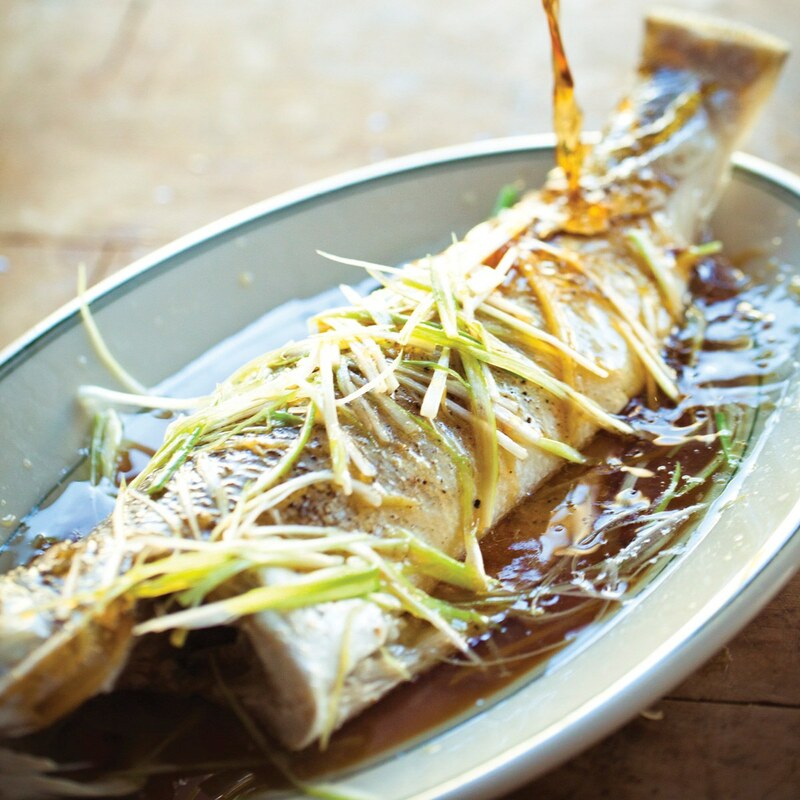
The fish should be the last dish left with some left over as symbolic of having surpluses every year. This is practiced north of the Yangtze River, but in other areas the head and tail of the fish shouldn’t be eaten until the beginning of the year, which expresses the hope that the year will start and finish with surplus.
The position of the fish is also significant. The head should be placed toward distinguished guests or elders, representing respect. Diners can enjoy the fish only after the one who faces the fish head eats first. The fish shouldn’t be moved. The two people who face the head and tail of fish should drink together, as this is considered to have a lucky meaning.
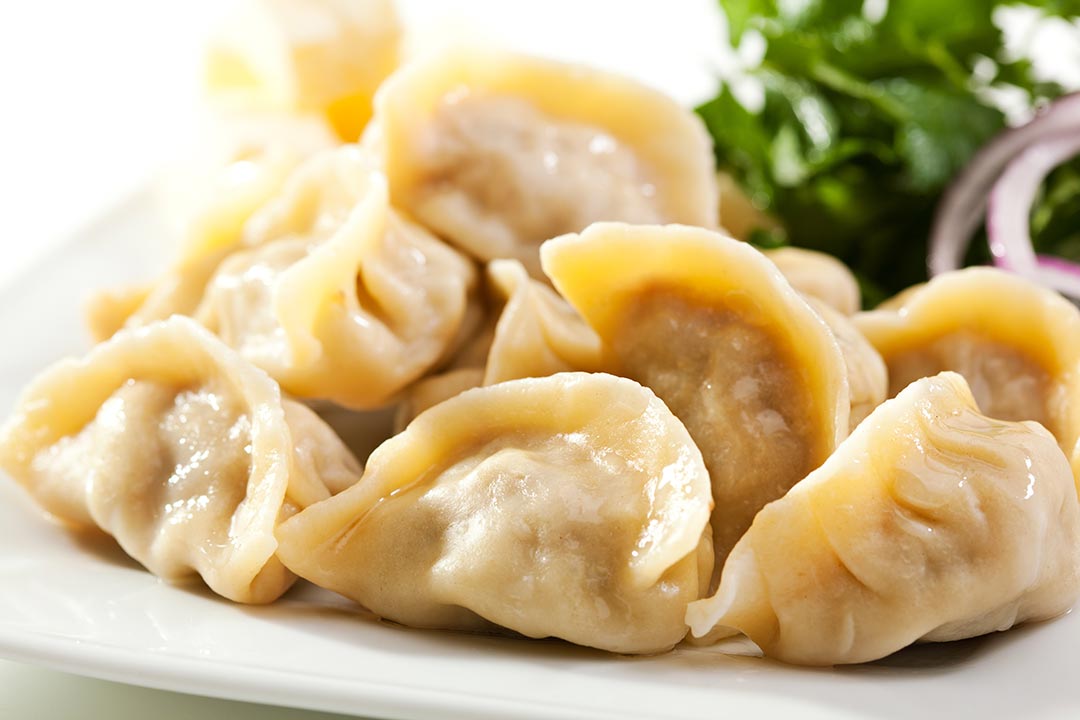
In Chinese, dumplings (饺子—jiǎo zi) sounds like 交子(jiāo zi). 交 (Jiāo) means “exchange” and 子(zi) is the midnight hours. Put together, jiāo zi is the exchange between the old and new year.
Making dumplings together at Chinese New Year is a tradition shared by almost every Chinese family around the world, but the practice has its roots in China’s north, where the wheat used in the tender dumpling skins (jiaozi pi) was once a more commonplace staple than rice.
Chinese dumplings can be made to look like Chinese silver ingots and legend has it that the more dumplings you eat during the New Year celebrations, the more money you can make. When making dumplings there should be a good number of pleats as a flat junction it is thought to indicate poverty.
Some Chinese put a white thread inside a dumpling, and the one who eats that dumpling is supposed to possess longevity. Sometimes a copper coin is put in a dumpling, and the one who eats it is supposed to become wealthy.
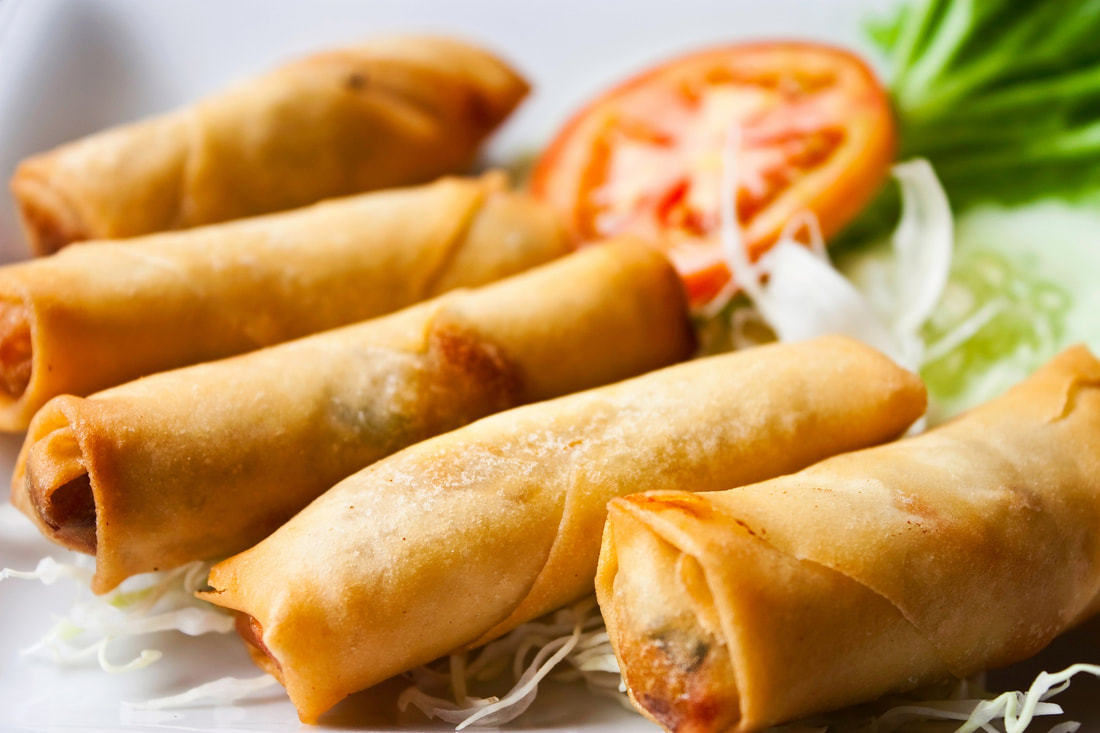
Spring rolls take their name from the holiday for which they’re traditionally prepared: the Spring Festival (chunjie), also known as Chinese New Year. The crisp golden rolls are meant to symbolize bars of gold and bring wealth and prosperity in the year to come.
During the Jin Dynasty (circa 265-420), people would arrange spring rolls and vegetables together on a plate, known as the Spring Platter (春盘—chūn pán). Emperors would reward officials with these expensive platters during the Spring Festival.
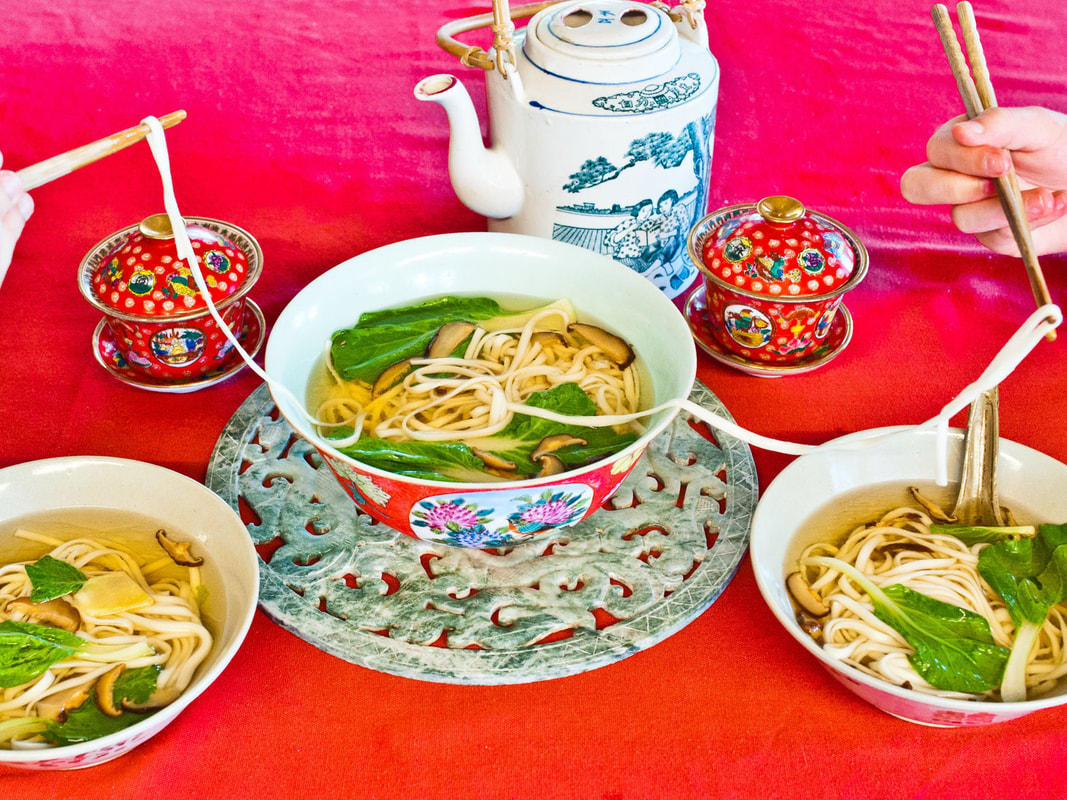
In some places, it is customary to cook dumplings and noodles together. This is called “gold silk and gold ingots”.
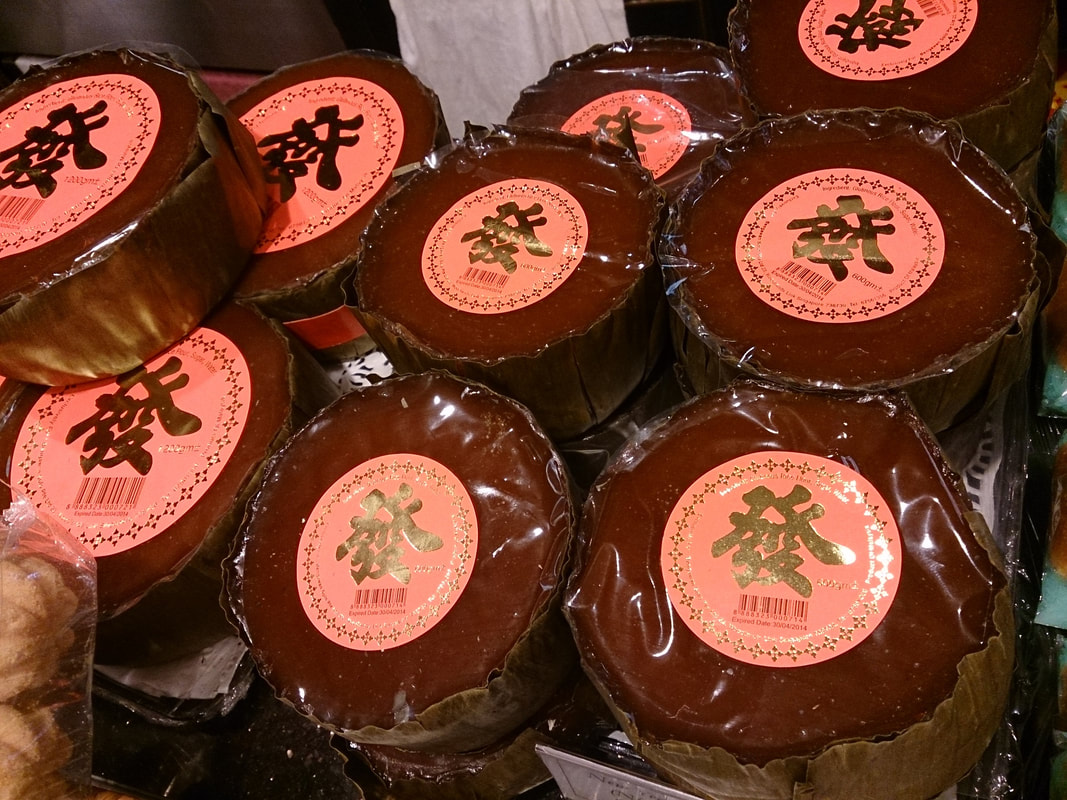
In ancient times, nian gao were used only as offerings to the ancestors and gods but gradually became a traditional dish during the Spring Festival. Legend has it that this sticky sweet snack was offered to the Kitchen God, with the aim that his mouth will be stuck with the sticky cake, so that he cannot badmouth a human family in front of the Jade Emperor.
In Chinese, glutinous rice cake sounds like it means “‘getting higher year-by-year” and correlates to the phrase “nian nian gao sheng,” which means “increasing prosperity year after year’. There are many variations of nian gao but the main ingredients are sticky rice, sugar, chestnuts, Chinese dates, and lotus leaves.
